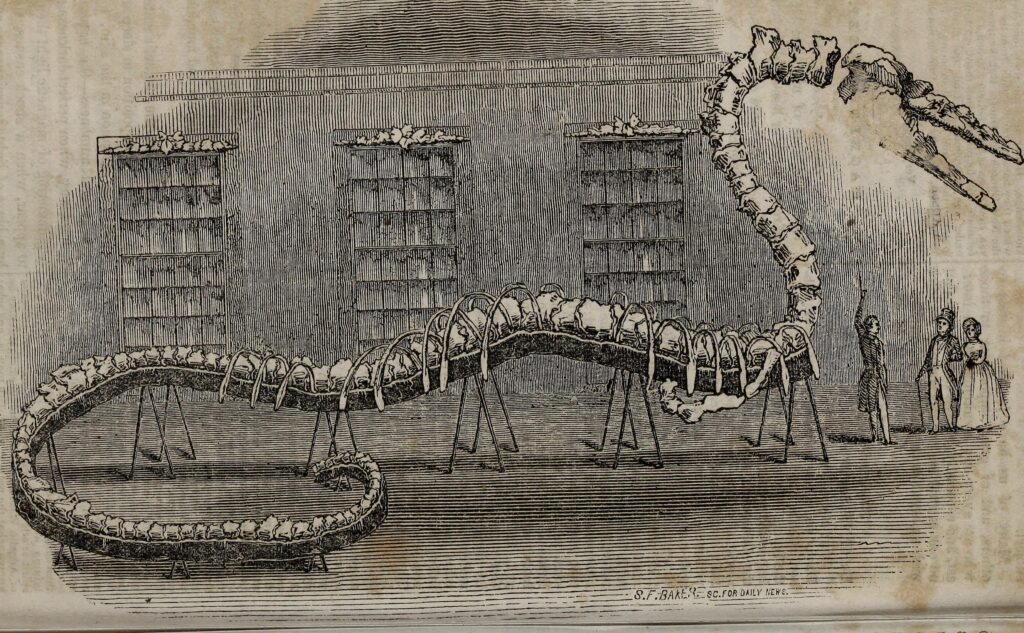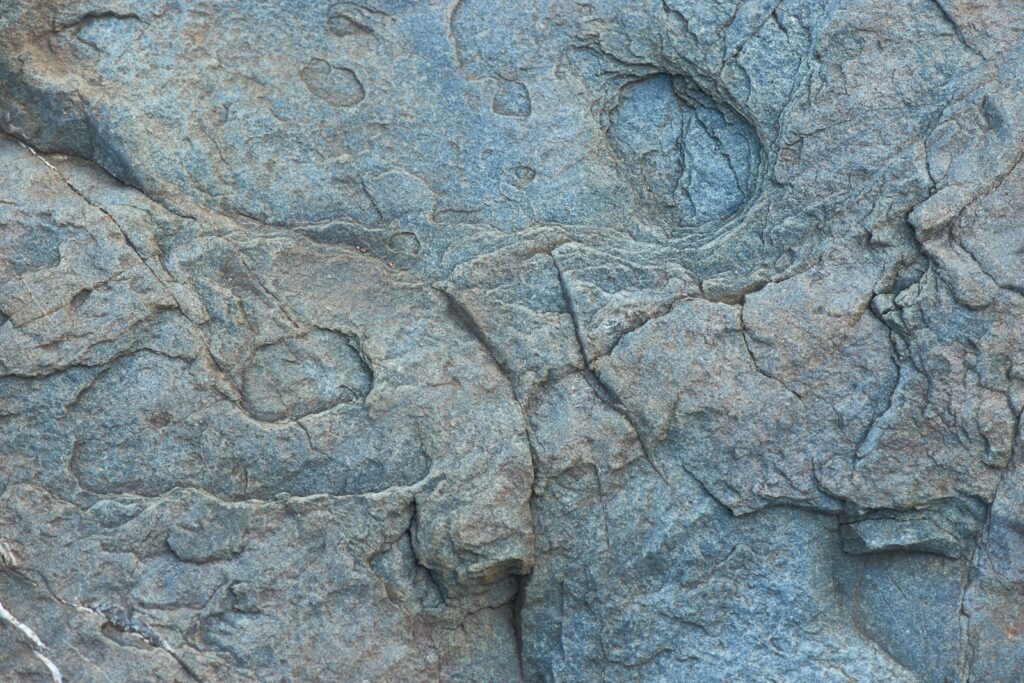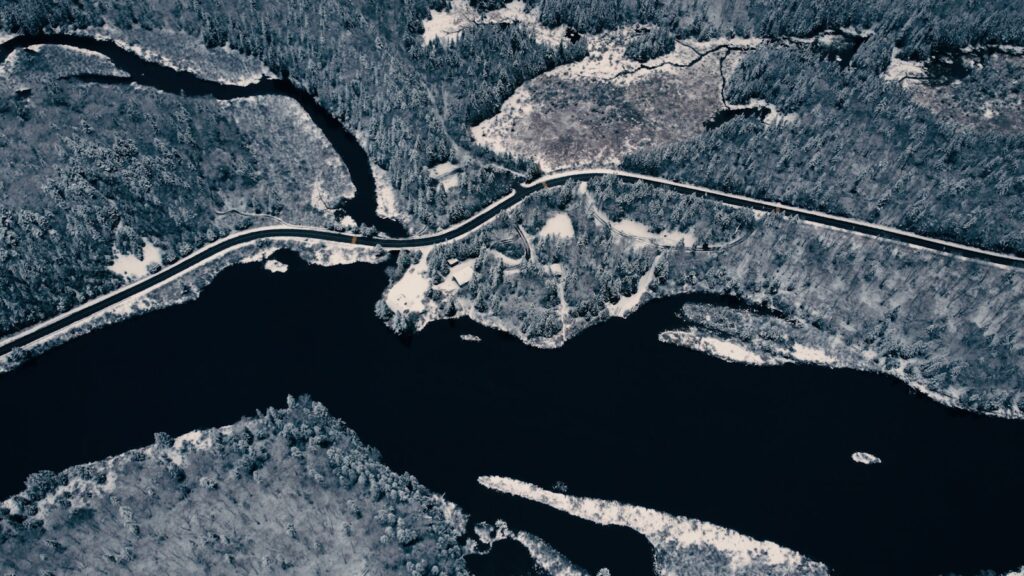Imagine a massive T-Rex collapsing in an ancient forest 68 million years ago. Its final breath echoes through prehistoric silence, but its story has just begun. What happens next isn’t just decay and dust – it’s a bizarre journey through time that can transform bones into crystal, turn them to stone, or even make them glow in the dark. The afterlife of dinosaur bones is far stranger than any Hollywood movie could dream up.
The Crystal Palace Inside Bones
When groundwater seeps through dinosaur bones over millions of years, something magical happens – the bones literally turn into crystals. Minerals like quartz, calcite, and pyrite slowly replace the original bone tissue, creating what scientists call “crystalline fossils.” These aren’t just pretty to look at; they’re geological masterpieces that sparkle like jewelry when light hits them just right. Some dinosaur bones become so heavily crystallized that they look more like geodes than ancient remains. The process happens so gradually that the bone’s original structure remains perfectly preserved, but now it’s made entirely of glittering minerals. You could literally have a T-Rex tooth that doubles as a crystal collection centerpiece.
When Bones Turn to Pure Stone
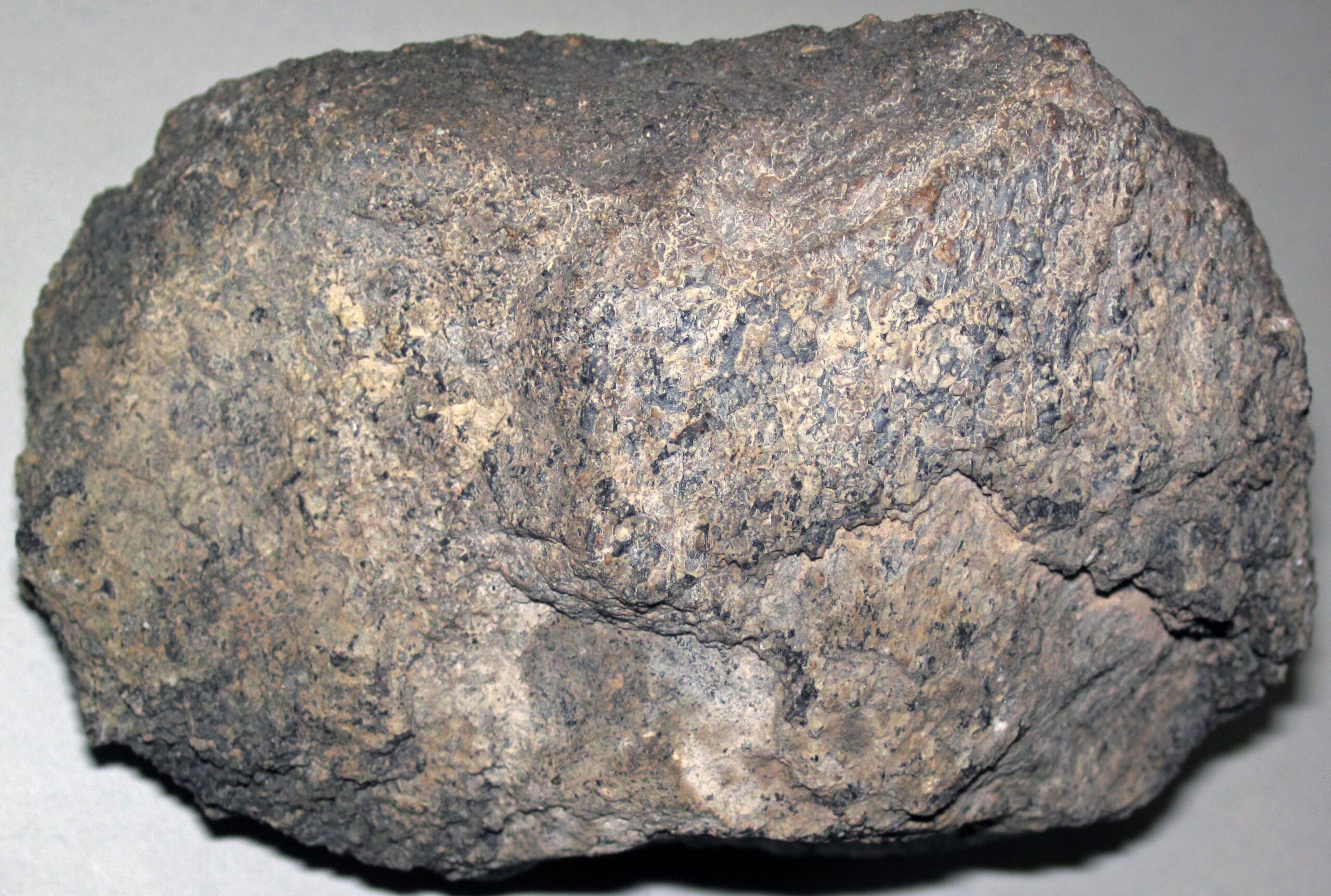
Petrification is like nature’s ultimate magic trick – organic bone material gets completely replaced by rock minerals while keeping the exact same shape. Think of it as the ultimate makeover where your skeleton becomes solid stone but still looks exactly like your skeleton. Silica-rich water flows through the bone’s tiny pores, depositing microscopic rock particles that gradually push out all the original calcium phosphate. The result is a bone that weighs three times more than the original and could literally be used as a building stone. Some petrified dinosaur bones are so perfectly preserved that scientists can still see individual blood vessel channels under a microscope. It’s like the bone decided to cosplay as a rock for 100 million years.
The Glowing Bone Phenomenon

Believe it or not, some dinosaur bones actually glow under ultraviolet light, creating an otherworldly spectacle that would make any sci-fi movie jealous. This happens when uranium and other radioactive elements get absorbed into the bone structure during fossilization. The radioactive minerals cause the bones to fluoresce in brilliant greens, yellows, and reds when exposed to UV light. It’s like having a prehistoric disco party where the dancers are 65-million-year-old skeletons. Some museums now use special UV lighting to display these glowing fossils, turning paleontology exhibits into something that looks more like a rave than a science display. The glow isn’t harmful to visitors, but it’s definitely one of the most surreal things you’ll ever see in a natural history museum.
Bone Replacement by Metal
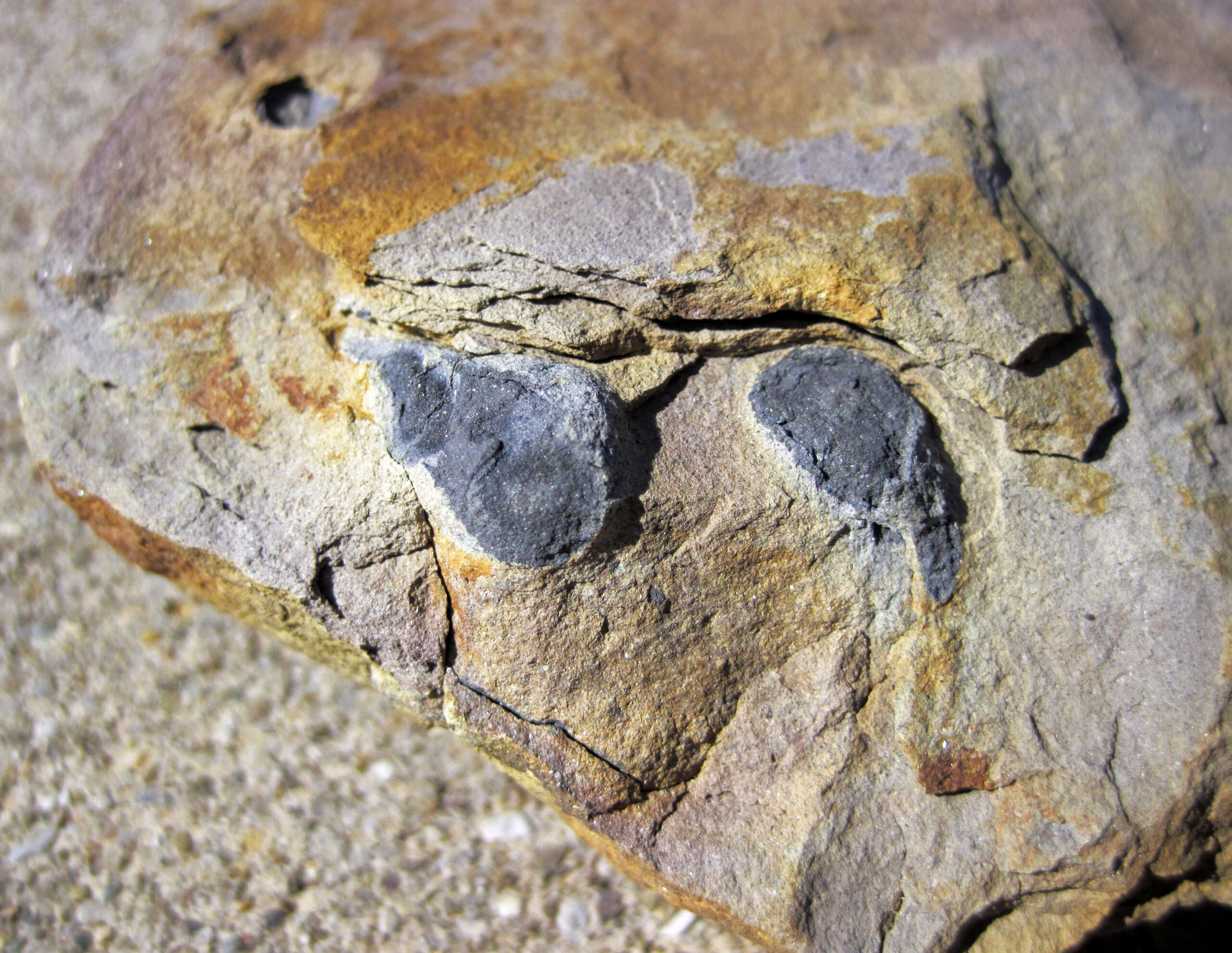
Sometimes dinosaur bones undergo a metallic transformation that would make Iron Man proud – they literally turn into metal. Pyrite, also known as “fool’s gold,” can completely replace the bone material, creating fossils that look like they’re made from bronze or brass. These metallic bones are incredibly heavy and have a distinctive golden shimmer that catches light like jewelry. The process happens when iron-rich groundwater reacts with sulfur compounds in the sediment surrounding the bones. Some collectors prize these metallic fossils so highly that they’re worth more per pound than actual gold. Imagine finding a dinosaur skull that looks like it was forged in an ancient metalworking shop – that’s exactly what these specimens look like.
The Incredible Shrinking Dinosaur

Compression fossils are what happen when millions of tons of sediment literally squash dinosaur bones flat as pancakes. The immense pressure from overlying rock layers can reduce a three-dimensional bone to a paper-thin impression that looks like it was run over by a geological steamroller. These flattened fossils often preserve incredible detail – you can see texture patterns on the bone surface that would normally be lost in three-dimensional preservation. Scientists have found compressed dinosaur skulls that are less than an inch thick but still show every ridge and groove of the original bone structure. It’s like nature decided to create a prehistoric pancake press, turning mighty dinosaurs into geological crepes.
Bones That Turn Inside Out
Mold and cast fossils represent one of the weirdest preservation scenarios – the original bone completely dissolves away, leaving only a perfect hollow impression in the rock. Later, this hollow space gets filled with different minerals, creating a “cast” that’s like a three-dimensional photocopy of the original bone. The truly bizarre part is that sometimes you get both the negative space (mold) and the positive space (cast) preserved together, creating a fossil puzzle where one piece fits perfectly inside the other. Some of these cast fossils end up being made from completely different materials than the surrounding rock, like having a limestone dinosaur bone sitting inside a sandstone matrix. It’s paleontology’s version of a Russian nesting doll, where the bone becomes its own container.
The Bone Bubble Effect
Geodes can actually form inside dinosaur bones, creating hollow crystal-lined cavities that look like magical caves in miniature. When groundwater carrying dissolved minerals flows through the hollow spaces in bones, it can deposit layer after layer of crystals on the interior walls. Eventually, these crystal formations create stunning geode chambers inside what used to be living bone tissue. Some dinosaur bone geodes contain crystals so perfectly formed that they rival the best specimens found in traditional rock geodes. The result is a fossil that’s beautiful on the outside and absolutely stunning when cracked open to reveal its crystalline interior. It’s like discovering that dinosaurs had built-in jewelry boxes in their skeletons.
Color-Changing Chameleon Bones

Different minerals can stain dinosaur bones in almost every color imaginable, creating fossil rainbows that would make a painter jealous. Iron minerals turn bones red, orange, or yellow, while copper compounds create brilliant blues and greens. Manganese creates purple and black coloration, while organic carbon can turn bones completely black. Some fossils display multiple colors in swirling patterns that look like abstract art created by geological processes. The most spectacular specimens show color gradients where different minerals infiltrated the bone at different times, creating natural tie-dye effects. These colorful bones often become museum showstoppers, proving that Mother Nature has quite the artistic flair when it comes to fossil preservation.
The Vanishing Act
Sometimes dinosaur bones pull off the ultimate disappearing trick – they dissolve completely but leave behind perfect impressions of their shape in the surrounding sediment. These “ghost fossils” show every detail of the original bone structure but contain no actual bone material whatsoever. The acidic groundwater slowly eats away at the calcium phosphate in the bones, molecule by molecule, until nothing remains but a bone-shaped hole in the rock. Scientists can study these impressions to learn just as much about dinosaur anatomy as they can from actual fossilized bones. Some ghost fossils are so detailed that they preserve microscopic structures like blood vessel patterns and bone cell arrangements. It’s like having a perfectly preserved shadow of a dinosaur that lived 100 million years ago.
Bones That Multiply
Replacement fossils can create duplicate bones when the original bone gets replaced by minerals in multiple stages. First, one type of mineral replaces the bone tissue, then later, a different mineral replaces the first mineral, and sometimes this process repeats several times. Each replacement can create a slightly different version of the same bone, leading to what looks like fossil photocopies with varying quality and detail. Some sites have yielded the same dinosaur bone preserved in three or four different mineral compositions, each one showing different aspects of the original structure. The most famous examples come from areas with complex groundwater chemistry, where multiple mineral-rich water sources affected the same fossil bed over millions of years. It’s like nature’s own version of a copy machine, making backup files of prehistoric life.
The Bone Magnet Mystery
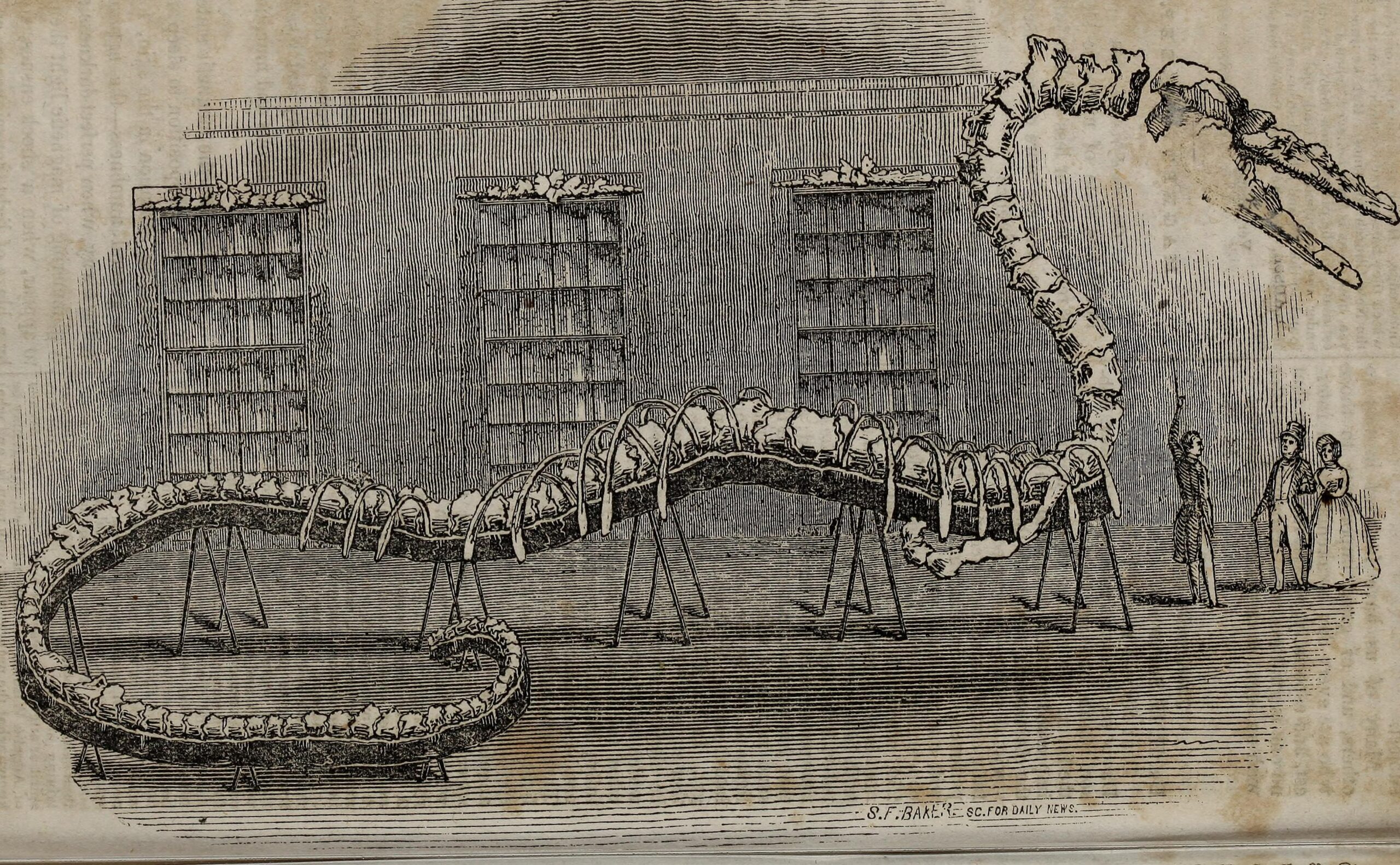
Some dinosaur bones become magnetic due to iron mineral replacement, creating fossils that literally stick to magnets and can even affect compass needles. This happens when magnetite or other magnetic minerals completely replace the original bone material during fossilization. Researchers have found magnetic dinosaur bones so strongly magnetized that they can pick up small metal objects like paper clips or nails. The magnetic properties can sometimes preserve information about Earth’s ancient magnetic field orientation, turning these bones into geological compasses frozen in time. Some collectors use magnets as a quick field test to identify certain types of fossilized bones, though this method isn’t foolproof since not all magnetic fossils are bones. It’s like discovering that some dinosaurs developed superpowers after death, becoming prehistoric magnets that can still influence metal objects millions of years later.
Bones That Become Windows
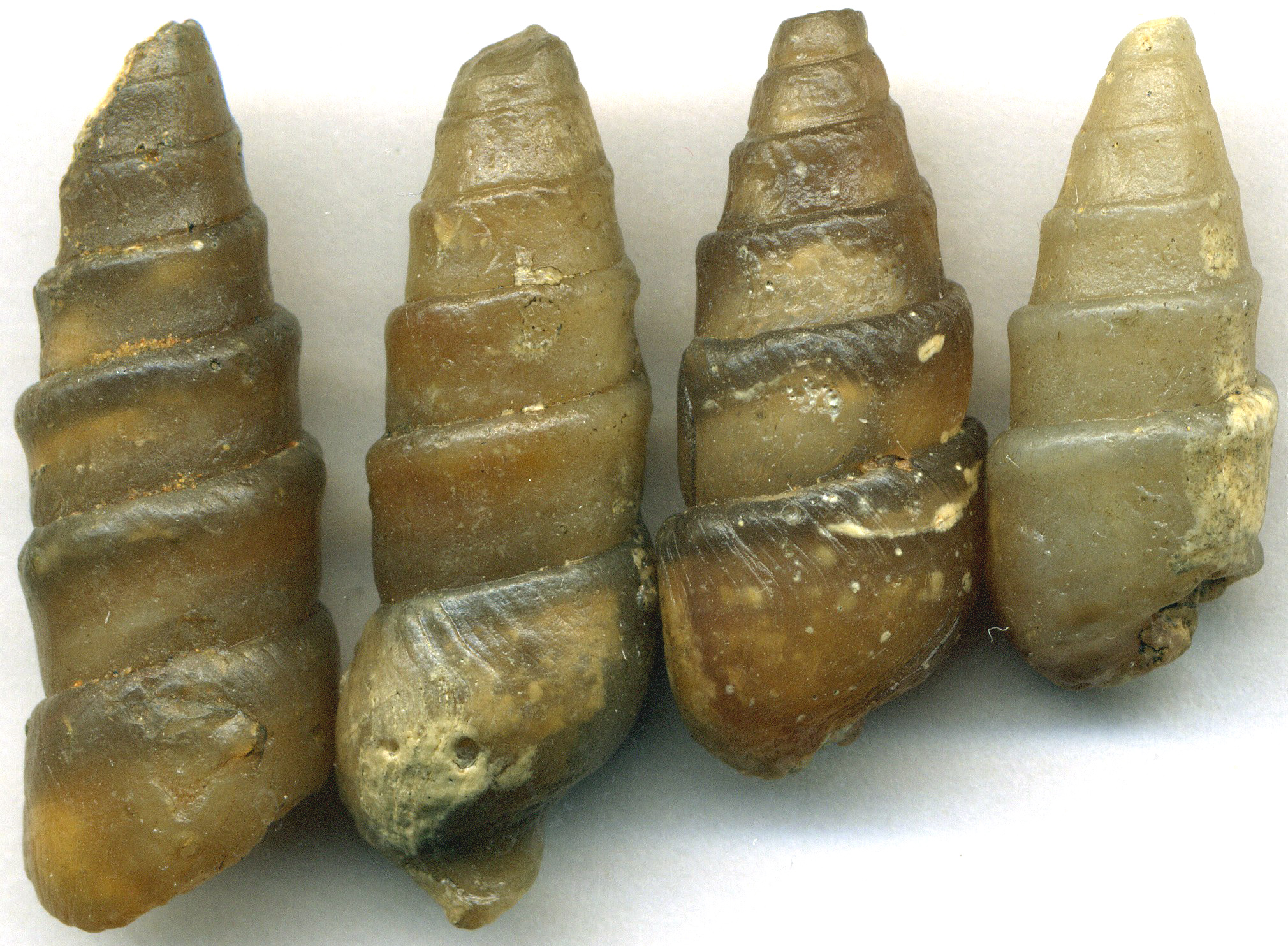
Translucent fossil bones create an almost supernatural effect where you can actually see through the ancient remains like looking through colored glass. This happens when clear or semi-clear minerals like chalcedony or agate replace the bone tissue while maintaining its original structure. Some of these transparent bones are so clear that you can see internal structures like marrow cavities and blood vessel channels from the outside. The most spectacular examples look like they’re made from amber or colored glass, creating fossils that seem to glow from within when light passes through them. Scientists can use these transparent bones to study internal anatomy without having to cut or damage the specimen. It’s like having x-ray vision for paleontology, where the fossilization process itself creates natural windows into prehistoric anatomy.
The Fossil Sandwich
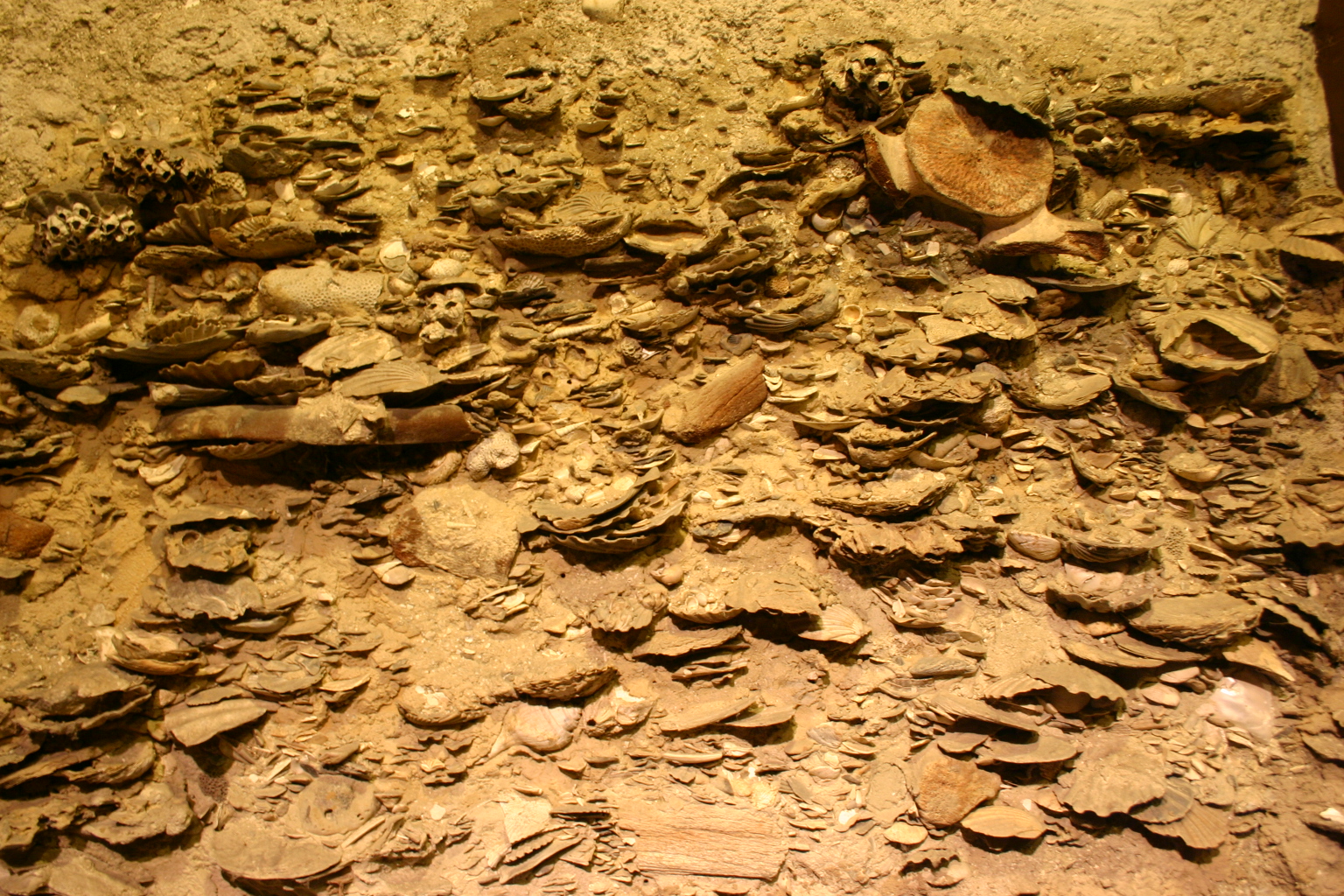
Layer fossils occur when bones get pressed between different types of sediment, creating geological sandwiches with dinosaur bones as the filling. Each sediment layer can preserve different aspects of the bone, sometimes showing the top surface in one type of rock and the bottom surface in another. The contrast between different rock types can create stunning visual effects, like having a white bone outlined against black shale or a red bone embedded in yellow sandstone. Some layer fossils preserve bones that are partially exposed on one surface and partially buried in another, creating three-dimensional puzzles for paleontologists to reconstruct. The layering can also protect bones from weathering on one side while exposing intricate details on the other side. These natural fossil sandwiches often become some of the most photographed specimens in museum collections because of their striking visual appeal.
Conclusion
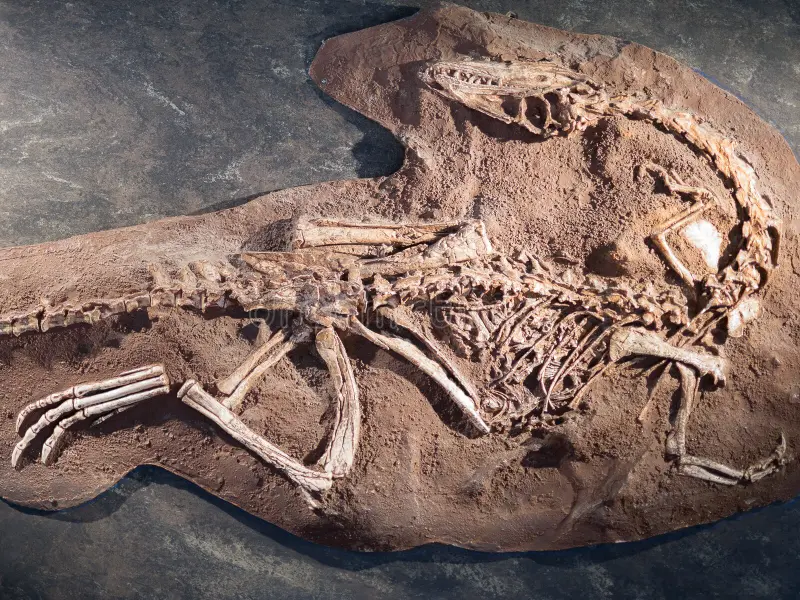
The bizarre afterlife of dinosaur bones reveals nature’s incredible creativity in preserving prehistoric life. From crystal palaces to glowing skeletons, from metal replacements to vanishing acts, these transformations show us that death is just the beginning of an epic geological adventure. Every fossilized bone tells a unique story of chemical reactions, mineral replacements, and environmental conditions that played out over millions of years. The next time you see a dinosaur skeleton in a museum, remember that you’re not just looking at ancient bones – you’re witnessing the results of some of the most extraordinary natural processes our planet has to offer. What other secrets might be hiding in the rocks beneath our feet, waiting for the right conditions to reveal their prehistoric mysteries?

